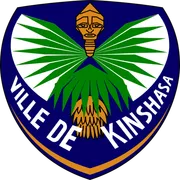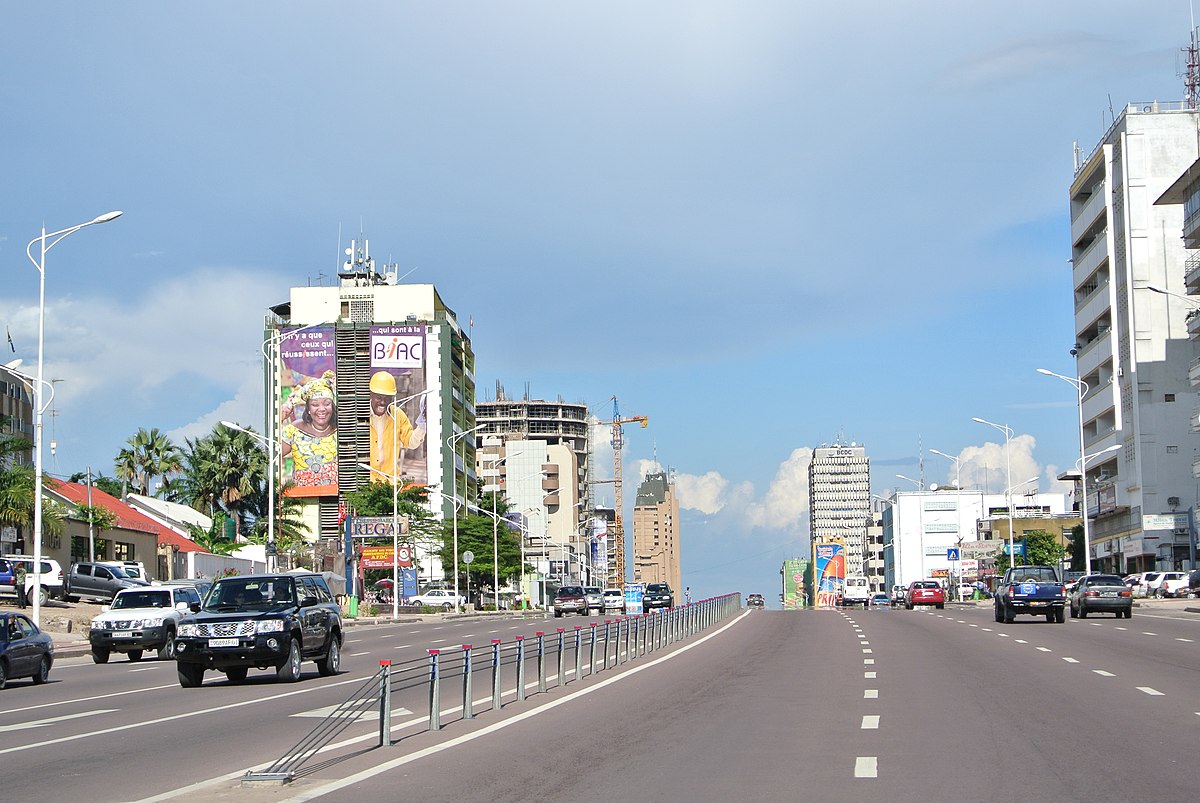Imagine strolling down a bustling avenue, surrounded by towering skyscrapers, vibrant street life, and the pulsating energy of one of Africa’s largest cities. This is the experience that awaits visitors on Boulevard du 30 Juin, the main artery of Kinshasa, the capital of the Democratic Republic of Congo.
Named to commemorate the country’s independence day, Boulevard du 30 Juin stretches for nearly 10 kilometers through the heart of Kinshasa. It serves as more than just a road; it’s a symbol of the nation’s progress, ambition, and resilience.
As you set foot on this grand boulevard, you’ll immediately sense its significance. The wide, tree-lined street buzzes day and night, business people rushing to meetings, vendors hawking their wares, and locals going about their daily lives. The avenue showcases a fascinating blend of colonial architecture and modern developments, telling the story of Kinshasa’s evolution over the decades.
One of the most striking features along Boulevard du 30 Juin is the impressive array of high-rise buildings. These towering structures house government offices, international organizations, and major corporations, underscoring Kinshasa’s status as a key player in Central African politics and commerce. The gleaming facades of these skyscrapers create a stunning contrast against the backdrop of the Congo River, visible from certain vantage points along the boulevard.
For history enthusiasts, Boulevard du 30 Juin offers a glimpse into Congo’s past. The iconic Gare Centrale, Kinshasa’s main railway station, stands as a testament to the city’s colonial era. Its grand architecture and historical significance make it a must-visit spot for tourists interested in understanding the layers of Kinshasa’s rich history.
Art lovers will find plenty to admire along the boulevard. Numerous galleries and cultural centers dot the street, showcasing the vibrant contemporary art scene of the Democratic Republic of Congo. These spaces offer visitors a chance to immerse themselves in the country’s creative spirit and perhaps take home a unique piece of Congolese art.
Food enthusiasts will delight in the culinary offerings found along Boulevard du 30 Juin. From upscale restaurants serving international cuisine to local eateries dishing out authentic Congolese flavors, there’s something to satisfy every palate. Don’t miss the opportunity to try traditional dishes like moambe or pounded cassava, washed down a cold Primus beer – a true taste of Kinshasa.
As evening falls, Boulevard du 30 Juin transforms into a hub of nightlife and entertainment. Chic bars and nightclubs come alive, pulsating rhythms of Congolese rumba and contemporary African music spilling onto the streets. It’s the perfect place to experience Kinshasa’s legendary nightlife and dance the night away.
For those seeking a moment of tranquility amidst the urban hustle, the boulevard offers pockets of green space. Small parks and well-maintained medians provide a refreshing respite from the city’s energy, allowing visitors to pause and soak in the atmosphere.
Shopping enthusiasts will find plenty to explore along Boulevard du 30 Juin. From modern shopping centers housing international brands to colorful markets selling traditional crafts and textiles, the avenue caters to all tastes and budgets. It’s an excellent place to pick up souvenirs or experience the vibrancy of Kinshasa’s commercial scene.
As you traverse Boulevard du 30 Juin, you’ll notice the ever-present backdrop of the mighty Congo River. This proximity to one of Africa’s greatest waterways adds an extra layer of magnificence to the boulevard, reminding visitors of Kinshasa’s strategic location and natural beauty.
In essence, Boulevard du 30 Juin encapsulates the spirit of Kinshasa – a city of contrasts, ambition, and endless vitality. It stands as a testament to the Democratic Republic of Congo’s journey from colonial rule to independence and beyond. For any visitor to Kinshasa, a trip down this iconic boulevard is not just a journey through the city’s main street; it’s an exploration of the country’s past, present, and future.

